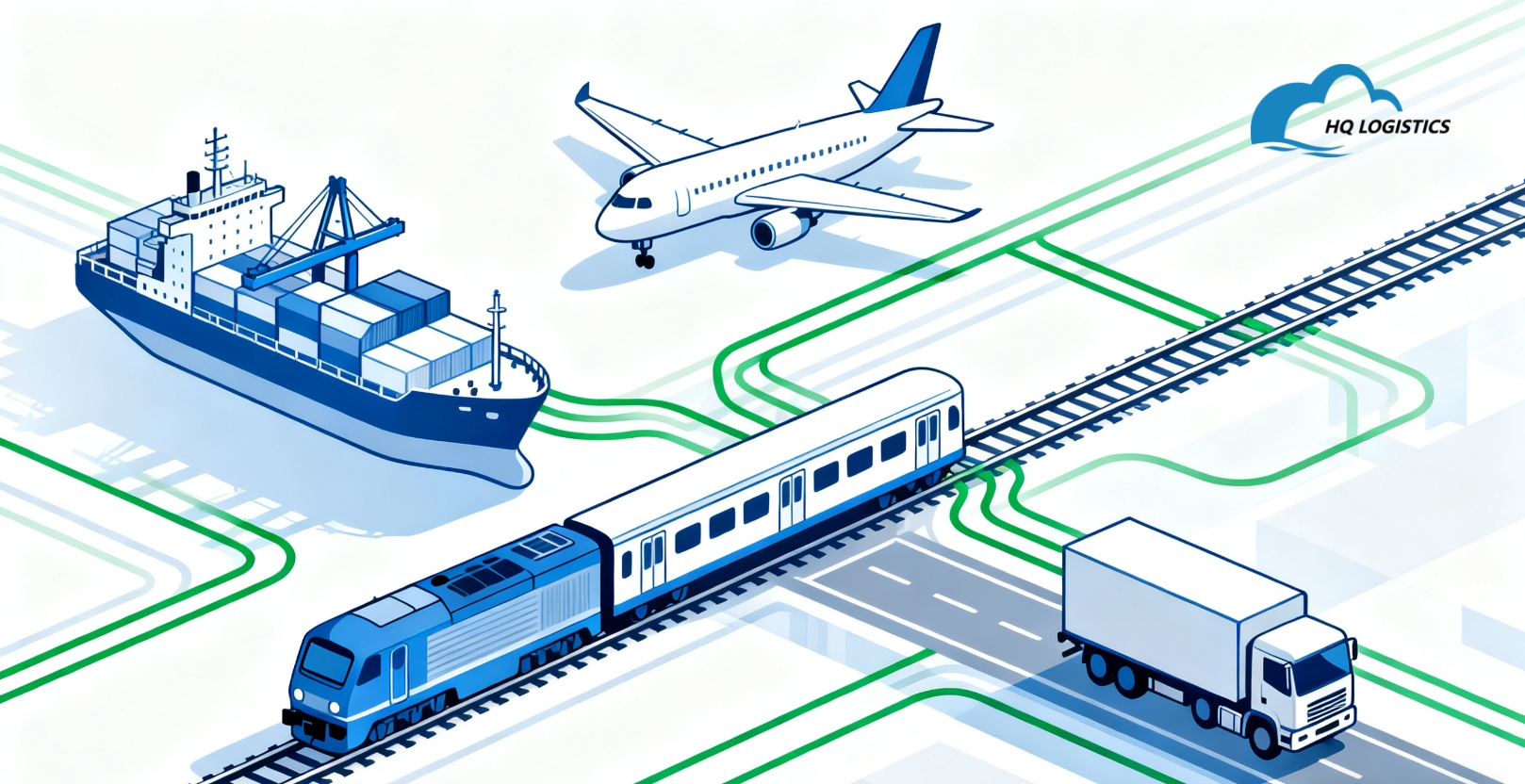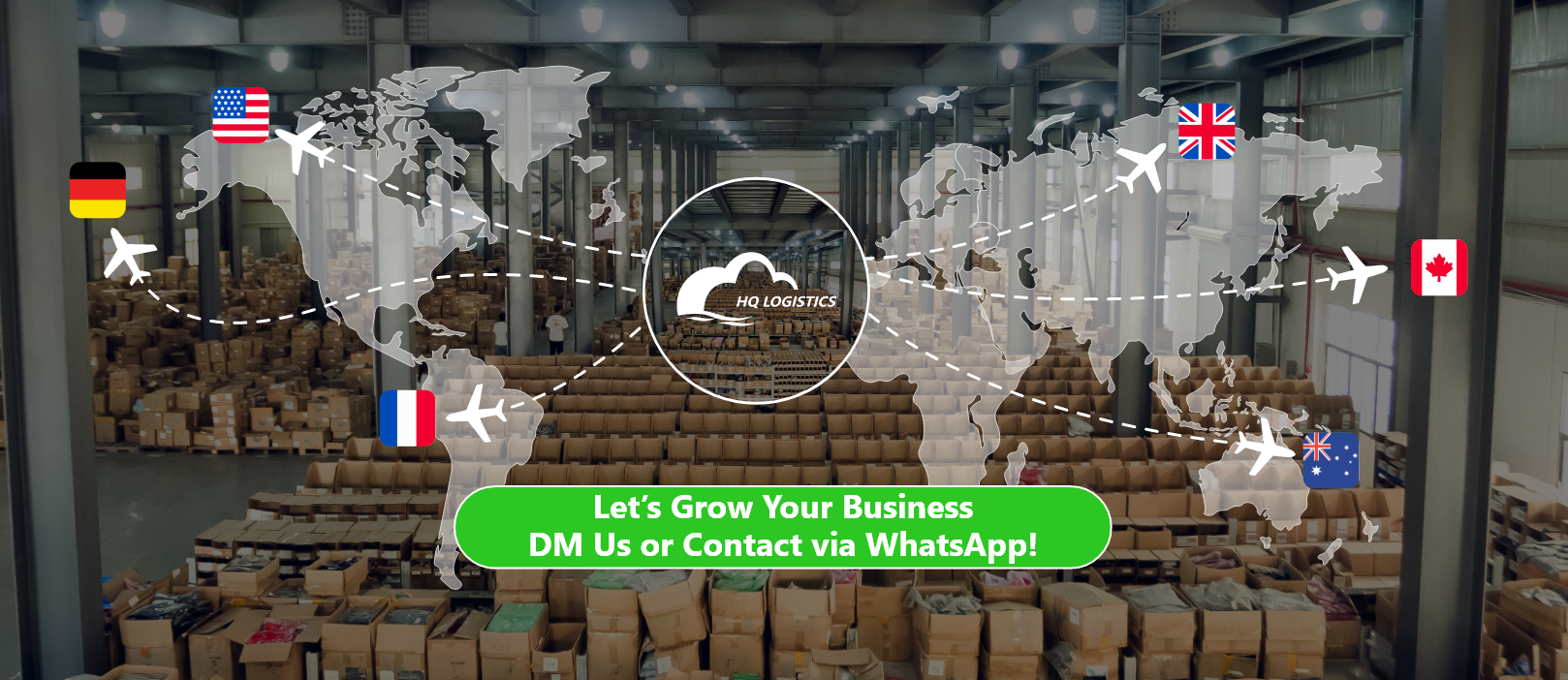

If you've been dealing with delayed vessels, unstable ETAs, and rising logistics costs, you're not alone.
Port congestion has become a normal headline — not an exception.
As someone who works with hundreds of cross-border sellers, I see the stress firsthand:
customers complaining, ad spend wasted, and canceled orders piling up.
So let's talk about how to actually keep stable shipping times when everything around you feels unpredictable.
Last month, one of my sellers messaged me in panic:''Tracking shows my containers stuck for 12 days. My customers are DM-ing me nonstop. What do I do?''
We shifted his orders away from the congested port, re-routed through an alternative carrier, and pushed his urgent batch into our 3–6 day direct-line shipping.
Result: his store went from daily complaints to zero in a week.
That's the power of preparation — not luck.
Extreme weather impacting vessel schedules
Labor shortages
Seasonal peak (Black Friday, Christmas)
Surge in global trade volume
Customs backlog and tighter inspections
Delayed fulfillment
Slower last-mile delivery
Increased refunds
Lower ad performance
Higher customer service load
Here's what actually works — no fluff.
Using only sea freight or one carrier is the fastest way to lose control.
I always set up:
Air freight lines for urgent goods
Rail/Express lines for Europe
Direct-line 3–6 day channels for US/EU
Backup routes (e.g., avoiding congested ports)
This alone can cut 30–50% of delay risk.
If your niche has fast turnover, shifting stock earlier helps a lot.
Faster delivery (1–3 days)
Fewer customer complaints
Lower cancelation rate
Even sending 20–30% of best sellers to a local warehouse stabilizes your Q4 performance.
Every year, sellers panic in November… but the damage was already done in September.
I always build a simple forecast:
Sales volume estimate
SKU priority list
Shipping route selection
Risk assessment for congested ports
Backup carriers
This reduces last-minute chaos.
You can't control the ocean, the planes, or customs.
But you can control who manages your logistics.
This is where HQ Fulfillment comes in.
3–6 days global direct-line shipping
Multi-route redundancy (we switch channels automatically during congestion)
Real-time order monitoring
QC + custom packaging
Inventory stocking for peak seasons
Hands-on agents (not bots)
When ports slow down, we reroute — fast.
That's how our sellers stay stable while others struggle.
Climate disasters are becoming more frequent — heavy rain, extreme cold, typhoons.
I track weather patterns weekly so I can:
Shift air routes
Change port entry points
Avoid high-risk customs zones
It sounds complex, but it's now a normal part of staying competitive.
We reroute through secondary ports and push urgent orders into air/express channels.
Your niche and order volume matter. I provide line recommendations for each product type.
No one can guarantee 100%, but redundancy makes 90–95% stability achievable.
Most small/medium items, yes. Oversized items require a different approach.
Yes — forecasting, stocking, QC, and fast-lane shipping are all included.
If you want stable shipping times in a world of port congestion, you need strategy — not luck.
Diversify routes, stock smart, forecast early, and partner with a fulfillment team that adapts fast.
That's how we help hundreds of sellers stay stable while others wait weeks for updates.




Don't wait until next year, grab the chance on 2025. Here are some recommended ecommerce topic you can choose.

Thanks to the support and trust from our customers. Flashback with our beloved partners.

 Fulfillment< @ >HQ Group
Fulfillment< @ >HQ Group